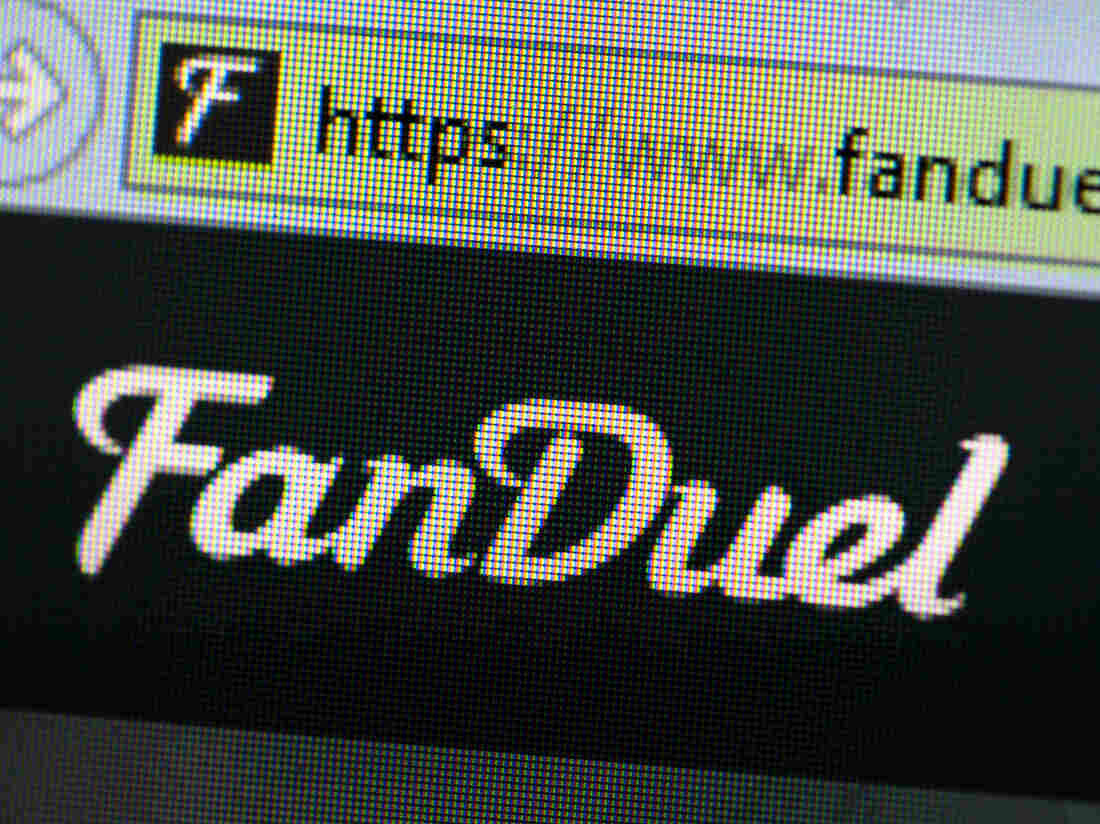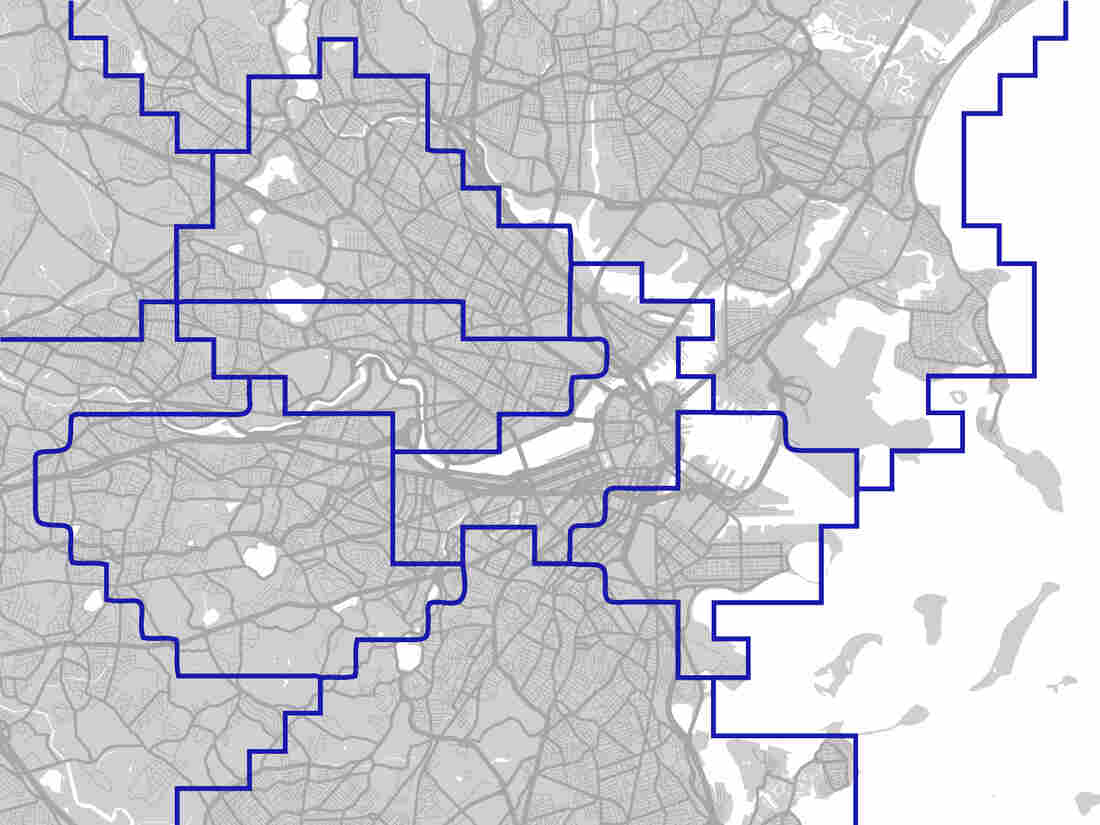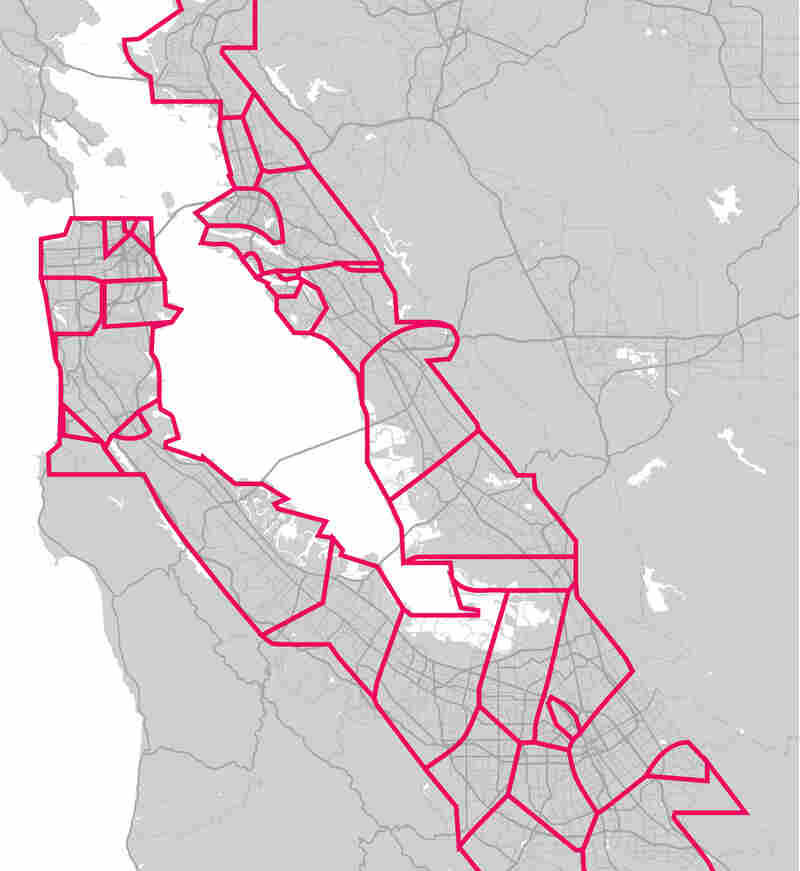Lynda Trang Dai sits inside her restaurant, Lynda Sandwich, in Orange County, Calif. Lisa Morehouse/For NPR hide caption
itoggle caption Lisa Morehouse/For NPR
In Orange County, Calif., there’s no shortage of restaurants selling bánh mì, that delicious Vietnamese sandwich of meat, pate, fresh and pickled vegetables on a crunchy baguette. The OC’s Little Saigon is home to the largest Vietnamese population outside of Vietnam. One shop in the town of Westminster stands out from the rest: It’s got an actual pop star behind the counter, a woman known as the Vietnamese Madonna.
Lynda Trang Dai is certainly glamorous for a sandwich maven. She sports stiletto heels, a short skirt, and perfect make-up — including false eyelashes.
Her shop, Lynda Sandwich, sits in the middle of a parking lot in a strip mall. Inside, though, it feels like a posh living room, with lush plants, brightly painted murals of her idols like Michael Jackson and Marilyn Monroe, and a wide-screen TV playing the Food Network. And for many of her customers, Lynda is a bit of an idol herself.
“I used to, like, watch her in videos with my parents when I was a kid growing up. So, she’s pretty famous among the Vietnamese community,” says customer Patrick Pham, adding sheepishly, “I never met her, personally,” even though she’s actually at a table just a few feet away. He’s clearly star-struck, but he insists he comes for the bánh mì.
“They have really good food here,” he says. “Really simple. I think the whole baguette came from like France, when they colonized us for 100 years.”
Leaving Vietnam
Lynda Trang Dai’s life story is pretty extraordinary, but as she talks even about her earliest days, in the ’70s in Central Vietnam, it’s clear that food has always been central.
“I remember sitting on this wooden table, my grandmother taught me how to make bánh bèo, dough with shrimp on it,” a dish she still loves, she says. After the war, her family went from well-off to poor, and she remembers, “I would buy fruit, a whole big watermelon, cut it up, and sell it and make money.”
Then, in 1979, her father got tipped off that the government suspected him of aiding the CIA during the war. They escaped at 2 in the morning, family members split between tiny boats.
“We had to be quiet, so quiet,” Lynda remembers. “It was scary. If we got caught, we’d go to jail.” They went through storms and ran out of food, and finally found some refuge on a Chinese island, where she says they were fed rice with sugar. “It’s strange to eat rice with sugar, but it was so good at the time.”
They got back on the water, headed for Hong Kong, and then saw the large British ship that would save them. They all started waving. “I could never forget, it was just unbelievable, the most amazing moment,” Lynda remembers, choking up. “When we got up for them to rescue us into land, they gave us croissants. That was like going from hell to heaven.”
The beginning of pop stardom
Lynda Trang Dai performs at a show earlier this year in Westminster, Calif. She continues to perform internationally. Lisa Morehouse/For NPR hide caption
itoggle caption Lisa Morehouse/For NPR
But when her family got to the U.S., she developed another passion, and found her first career. As a high school student, she started singing in tiny venues around Little Saigon, putting up her own fliers, until one night she was discovered singing at a club. She was invited to film her first spot in a variety show called Paris By Night — a hugely popular video series — so she missed her high school graduation and flew to France.
She became a star, dressing provocatively and singing in both English and Vietnamese, a draw for young Vietnamese Americans. In the 1990s in any home throughout the Vietnamese diaspora, you’d probably find a VHS tape featuring Lynda Trang Dai. The videos even made it back to Vietnam in a kind of grey market. “Back then, it’s illegal to watch,” Lynda explains, adding that if people got caught they could go to jail.
But millions in Vietnam did watch.
The influence of Vietnamese food
As she started touring, Lynda’s obsession with Vietnamese food remained constant. She says the first time she went to Australia, she brought food on the plane with her, including bánh bèo and a noodle soup that she asked the flight attendant to heat up. She soon found there was good Vietnamese food all over the world, and started a kind of ritual wherever she touched down. “In any city I’d go to, I’d just check in on the hotel, throw all my luggage down and go and find a Vietnamese restaurant,” she says.
She still tours a lot, but when I visit, she’s performing in Westminster, Calif., in a banquet hall converted to a club for the night. People in the crowd are dressed to the nines, including sisters Hang and Juliette Nguyen, who grew up in Alabama in the ’80s. Lynda, they say, was one of the big Vietnamese stars of their youth.
She was the Madonna, “the Vietnamese Madonna,” the Nguyen sisters say in unison.
Tonight, the singer is dressed in a barely-there strappy outfit, fitting the sex-symbol image the sisters remember. But Lynda says that’s just her onstage persona. “When I’m off stage, I’m like 100 percent completely different, a total Vietnamese traditional girl who takes care of their family, food on the table, everything,” she says.
Case in point: She started her sandwich shop as a business with her family, and though a small staff does most of the food prep and sales, Lynda Trang Dai is still is the only one to make the special Lynda Sauce.
“Sometimes when I travel to Australia to sing on a tour, or to Europe, I would be up all night here making sauce, and just sleep on the plane if I have to,” she says. Anything, she says, for a great meal.
Lisa Morehouse’s series California Foodways is supported by Cal Humanities. She produced this story while at a residency at Mesa Refuge. The story first aired on KCRW’s Good Food as part of the Independent Producer Project.










